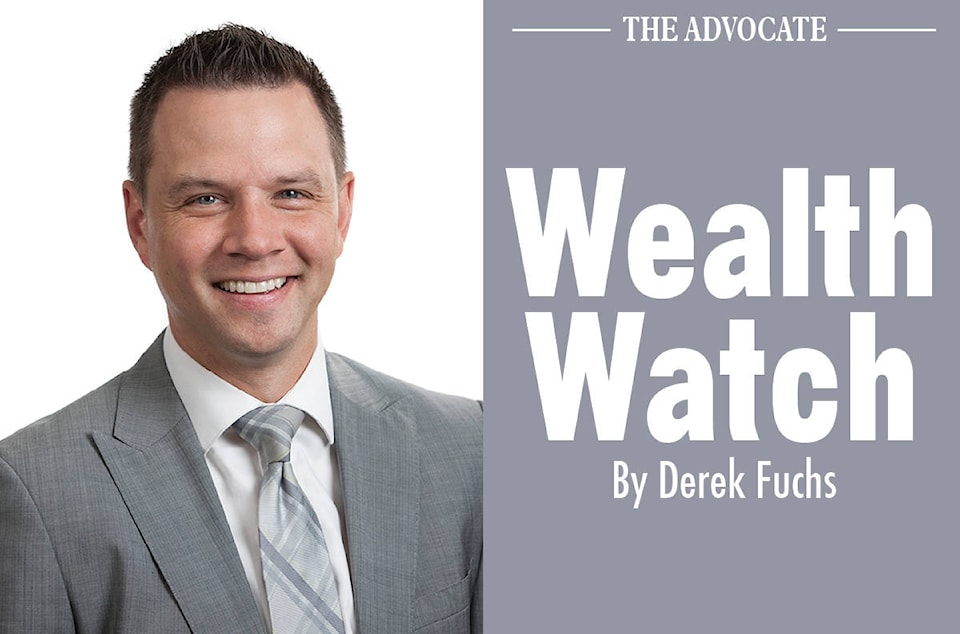Derek, are bonds a safe investment?
Bonds are traditionally thought of as a conservative investment choice which can offer a guaranteed rate of return. While this is true to a certain extent, bonds come in many forms and there may be numerous considerations that can impact their value. In short, not all bonds are created equally.
Prior to investing in a bond an investor should have a basic knowledge of the various moving parts. Special attention should focus on the credit quality of the issuer, the coupon and the yield, and even the duration. Once those factors are considered, you should also consider the price you’re paying.
The credit quality of a bond is a rating given to the issuer of the bond. The higher the rating, the more likely it is that your bond will repaid at maturity. For example, a Government of Canada bond receives the highest rating of AAA because it’s very likely that you’ll be repaid at maturity. Most provinces receive AA ratings, while corporate issuers can receive ratings raging from A all the way down to D. Any bond rated BBB or higher is considered investment grade, while the ones below are non-investment grade (or sometimes “high-yield” or “junk”).
The credit quality also is a reflection of what the coupon of the bond will be at first issue. Typically, the higher the rating on a bond, the lower the coupon will be. Think of the coupon as the payment you’ll receive from holding the bond. Said another way, imagine if your personal credit rating was really strong, you will likely qualify for lower interest rates on your credit. If you had bad credit, the only way you’ll get a loan is at a very high rate of interest – the same is true for bond issuers.
So while you can invest in a bond from the Government of Canada it’s also likely you’ll be receiving only a small coupon payment. Otherwise, you could take on the risk of a lower credit rating and get a much higher coupon payment, but maybe lose a substantial amount of your investment should the issuer not be able to repay the bond.
The next consideration has to do with yield. While this topic is a bit more complex, yield is a calculation of what you really get when you buy a bond. Since bonds can be traded regularly, there is a price assigned to any given bond. When a bond is first issued it starts trading at par, or normally $100. As interest rates change or the credit rating of the issuer changes, the bond price will change as well, either up or down. At the end of the bond term, it will mature back at par or $100.
With that basic knowledge, if you buy a bond that’s trading for $105 you will get $100 back at maturity. Over the time you held it you would have also received your coupon payment. So in this example, if your coupon payment was $5, your yield is actually zero because you didn’t make any interest at all. Said another way, at maturity you would lose $5 on the price but you made $5 in interest which nets you zero.
Yield is an important consideration because it’s the actual reflection of what you’ll get from this investment over the life of the investment if held to maturity. After all, that’s what an investor wants to know.
Duration is another factor to look at. Duration is a calculation that shows how sensitive this bond will be to changes in interest rates. The higher the duration, the more the price of the bond will decline if interest rates move higher. This is of important in a rising interest rate environment like we’re seeing today.
Finally, an investor needs to consider the hierarchy of risk when it comes to types of bonds. If a company goes bankrupt and their assets are sold, the remaining funds are used to repay their debt holders. In the case of bonds, there is a hierarchy for who gets their money back first. Depending on where your bond falls on that scale, you could be first to get repaid or well down the line and likely not to see any money back. This is a more complex topic outside the scope of this article.
My best recommendation is to have a conversation with a qualified wealth advisor who can understand your investment objective and risk tolerance. This advisor should help you construct a well-thought out diversified portfolio of bonds.
This is for information purposes only. It is recommended that individuals consult with their financial advisor before acting on any information contained in this article. The opinions stated are those of the author and not necessarily those of Scotia Capital Inc. or The Bank of Nova Scotia. Scotia Wealth Management is a division of Scotia Capital Inc., Member Canadian Investor Protection Fund.
Happy investing,
Derek Fuchs, Senior Wealth Advisor
Scotia Wealth Management – Central Alberta
